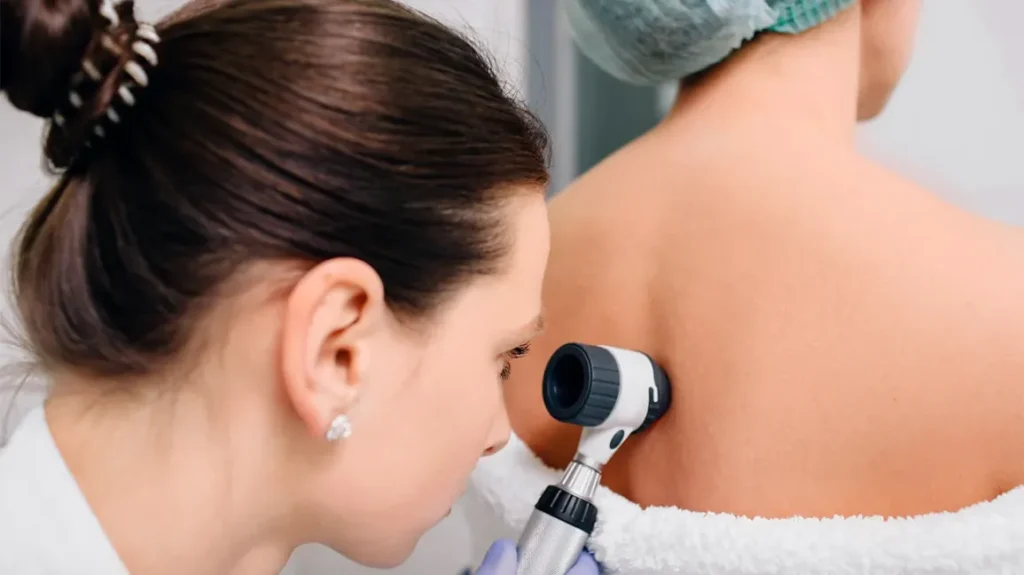Ear piercing is a common and one of the oldest forms of body modification; it occurs when a professional creates a hole in your earlobes or cartilage, allowing the insertion of decorative ornament, like earrings. You can get your ears pierced at any age, but most people often get ear piercings in adolescence. For some, the choice to pierce is about trends, fashion, and expression, while ear piercings are a matter of tradition for others. Regardless of the reason, you want to ensure that you get the procedure done by your board certified dermatologist Glen Allen, VA, to avoid complications such as infection. Below are answers to some of your questions about ear piercings.
What is the piercing procedure like?
Whether you get your ear piercing in a salon or a piercing studio, here is a basic rundown of what to expect.
You will fill out a consent form and select your decorative ornaments. Next, your provider marks the piercing site for you to approve and uses an antibacterial solution to clean those areas. Using a needle or a gun, your provider will pierce your ears. If they use a gun, the sharp end of the stud will create a home in your ear and insert the earring in one shot. However, if your provider uses a needle, they will place the earring in your ear after making the hole. Finally, your specialist cleanses the area and sends you home with instructions for aftercare.
Which is safer, a piercing gun and a needle?
Many people prefer getting their ears pierced with a gun since this approach is fast and accessible; it is mostly used at salons and jewelry stores. However, specialists caution against piercing guns since they are not disposable and sterilization is compromised. Additionally, spring-loaded guns can cause cartilage and tissue damage, so specialists recommend they only be used on earlobes. That said, you may also want to consider the intimidation factor. For instance, gun piercing might seem less daunting than having a needle pushed through your ear. While it is true that the gun still pierces your flesh, there is no actual needle involved.
How painful is ear piercing?
Regarding pain, you will likely experience a quick pinch that lasts for some seconds. The earlobe is one the least painful areas to pierce since it is fleshy and does not contain many nerves. If you are getting the procedure done by a dermatologist, they can prescribe topical anesthesia to numb the pain receptors in the earlobes.
How do I care for my piercings during the healing period?
Ear piercing is a simple and fast procedure, but it requires proper aftercare to void infection and reduce healing time. Your dermatologist will send you home with detailed and specific instructions, but here are some basic guidelines you should keep in mind.
Touch your piercings with clean hands and only do so when cleaning them; you don’t need to twist them. You want to ensure that you clean the front and back of the piercings at least twice a day by dabbing them with saline-soaked gauze. Avoid submerging your ears in hot tubs, pools, or open water like lakes as your piercings heal.
If you want to pierce your ears, book an appointment with your dermatologist at Absolute Dermatology & Skin Cancer Center.

Comments are closed.